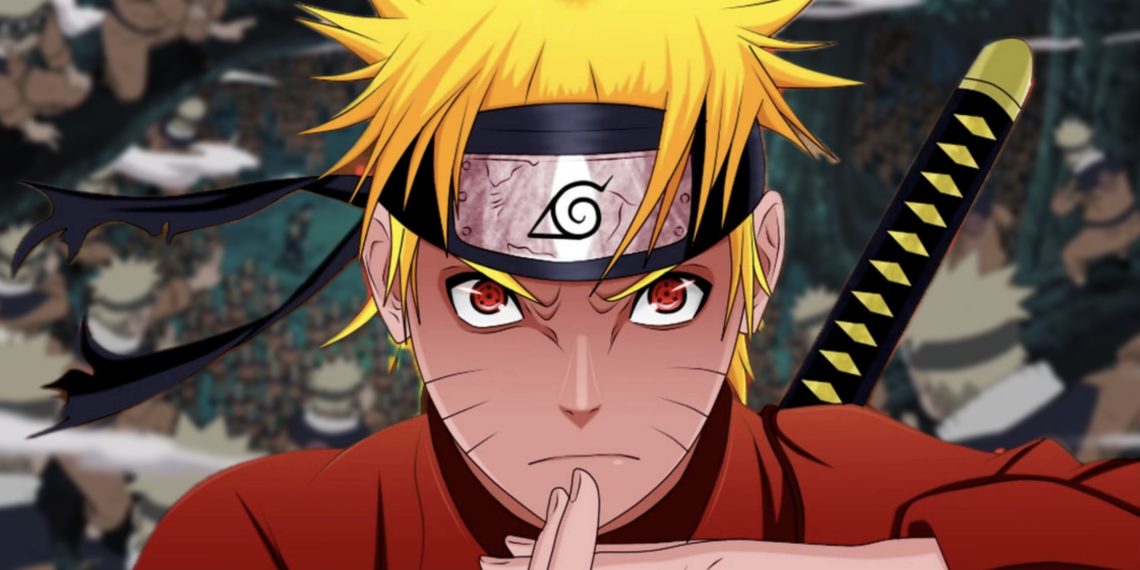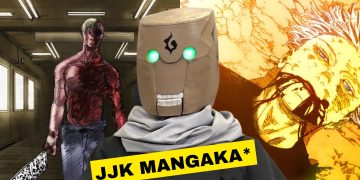The popular anime character Naruto from the series Naruto possesses exceptional power and abilities that aid him in battle. His creator, Masashi Kishimoto, equipped Naruto with numerous techniques over the course of the story that allow him to overcome formidable foes and challenges.
One notable example is Naruto’s signature Shadow Clone Jutsu, which enables him to instantly produce multiple copies of himself to overwhelm opponents.
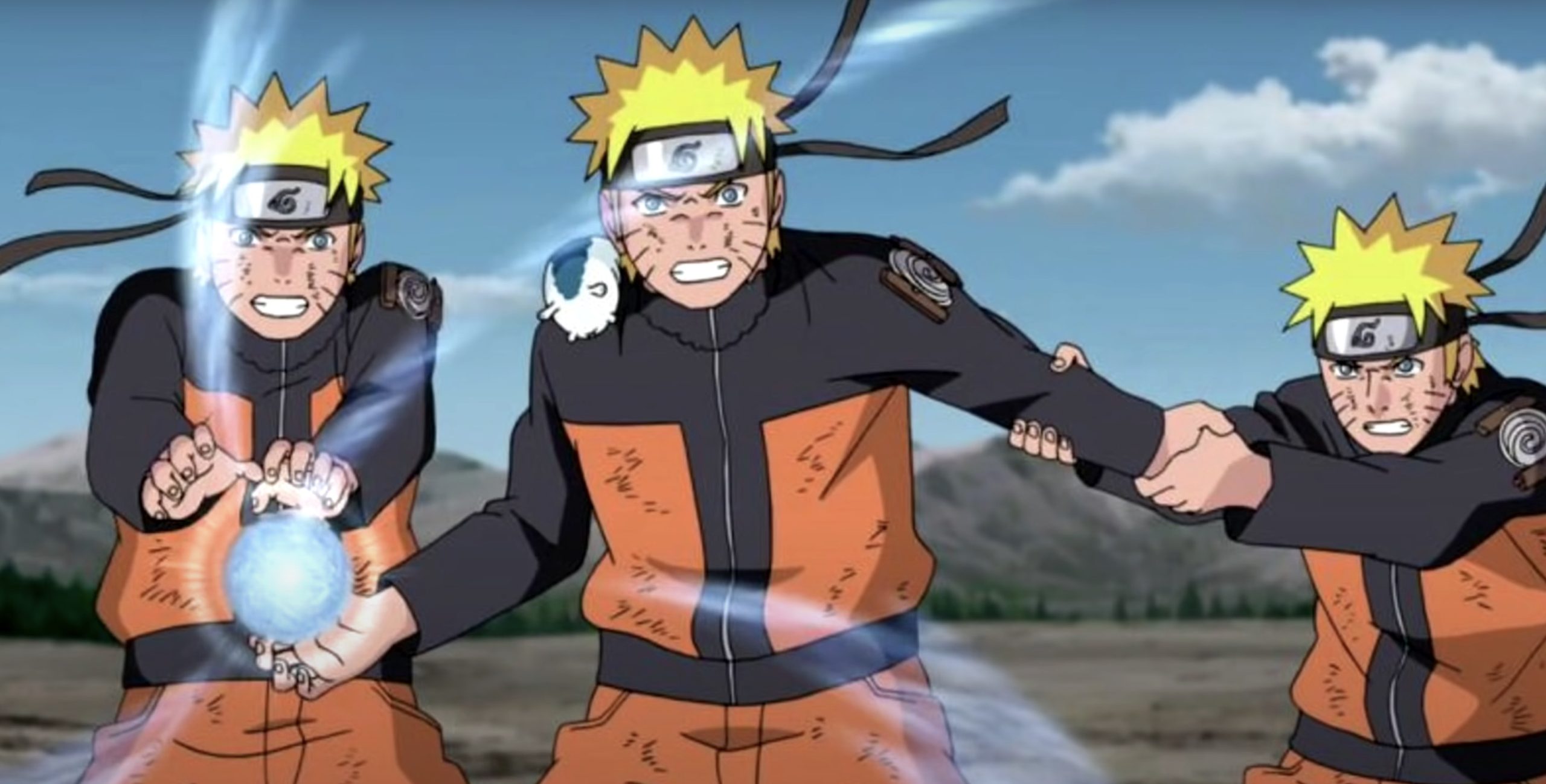
This technique proved tremendously useful for increasing Naruto’s fighting capacity.
However, Kishimoto stated in an interview that providing Naruto access to it so early on created difficulties for the plot progression and his own writing process going forward.
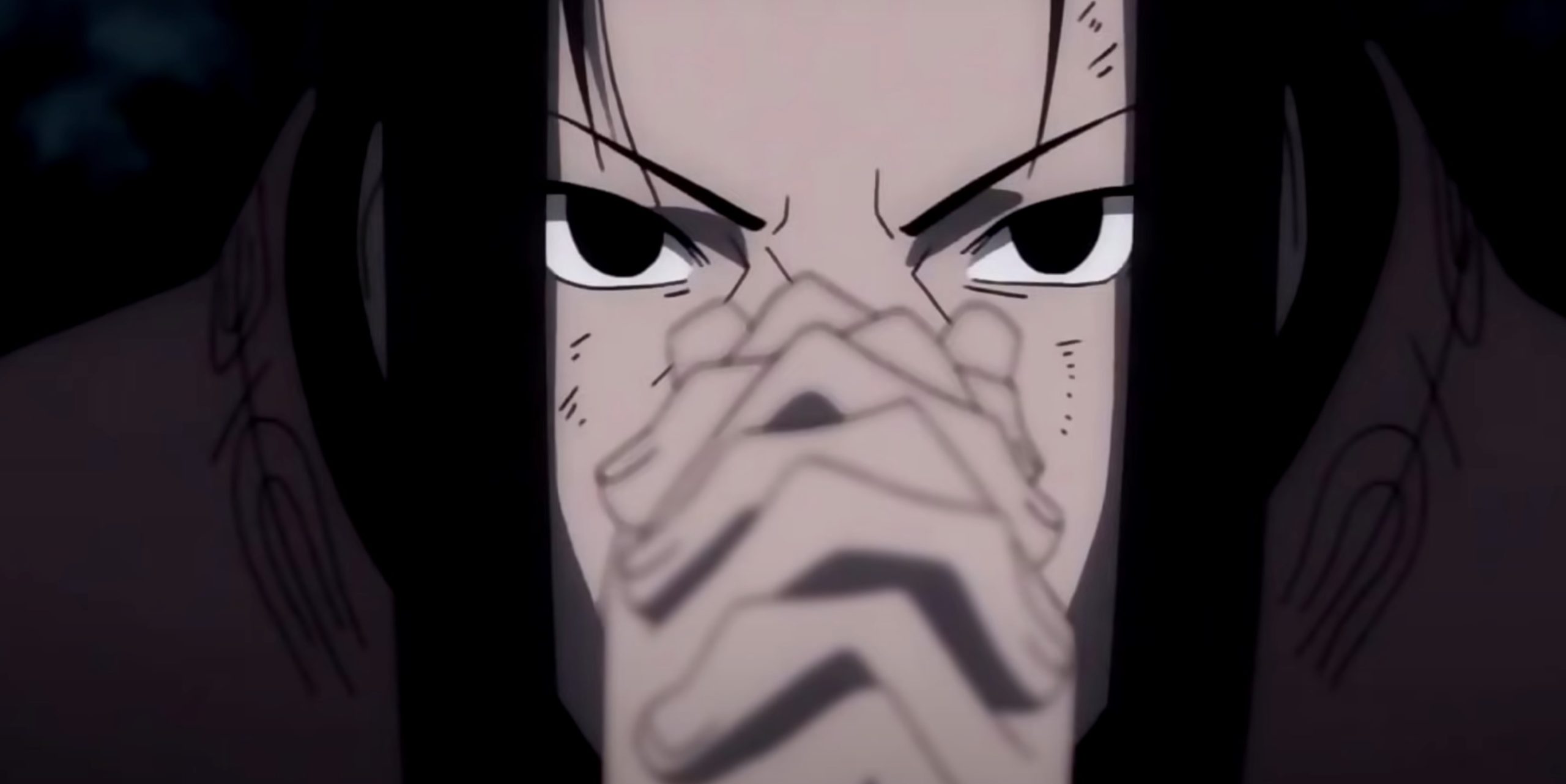
In addition to shadow clones, Naruto has other techniques in his arsenal like the powerful Rasengan or his recently unlocked Baryon Mode transformation.
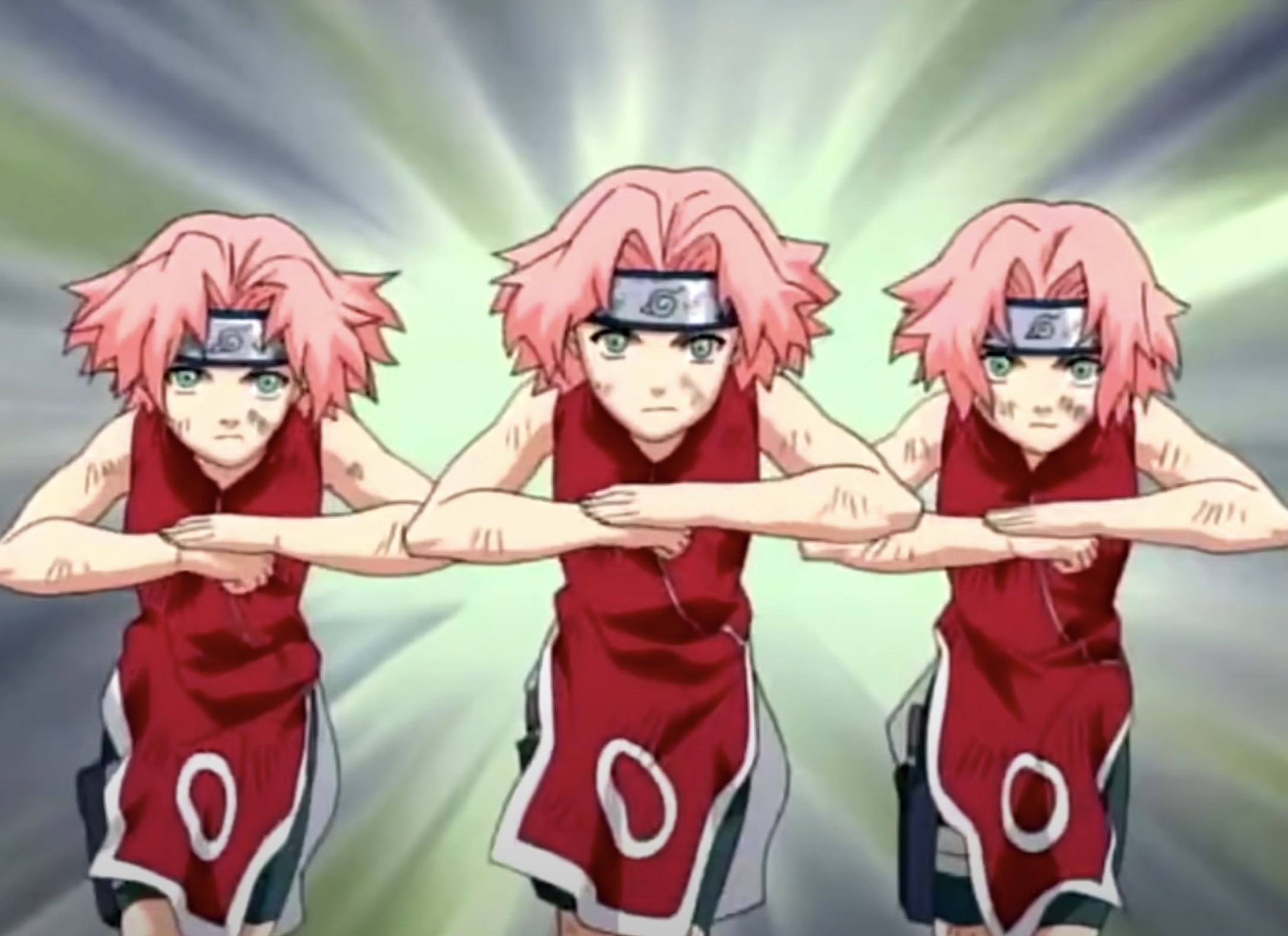
While shadow clones may be his most iconic ability, his versatility and ever-growing strengths across various fighting styles contribute to him being regarded as the strongest ninja by the conclusion of the series.
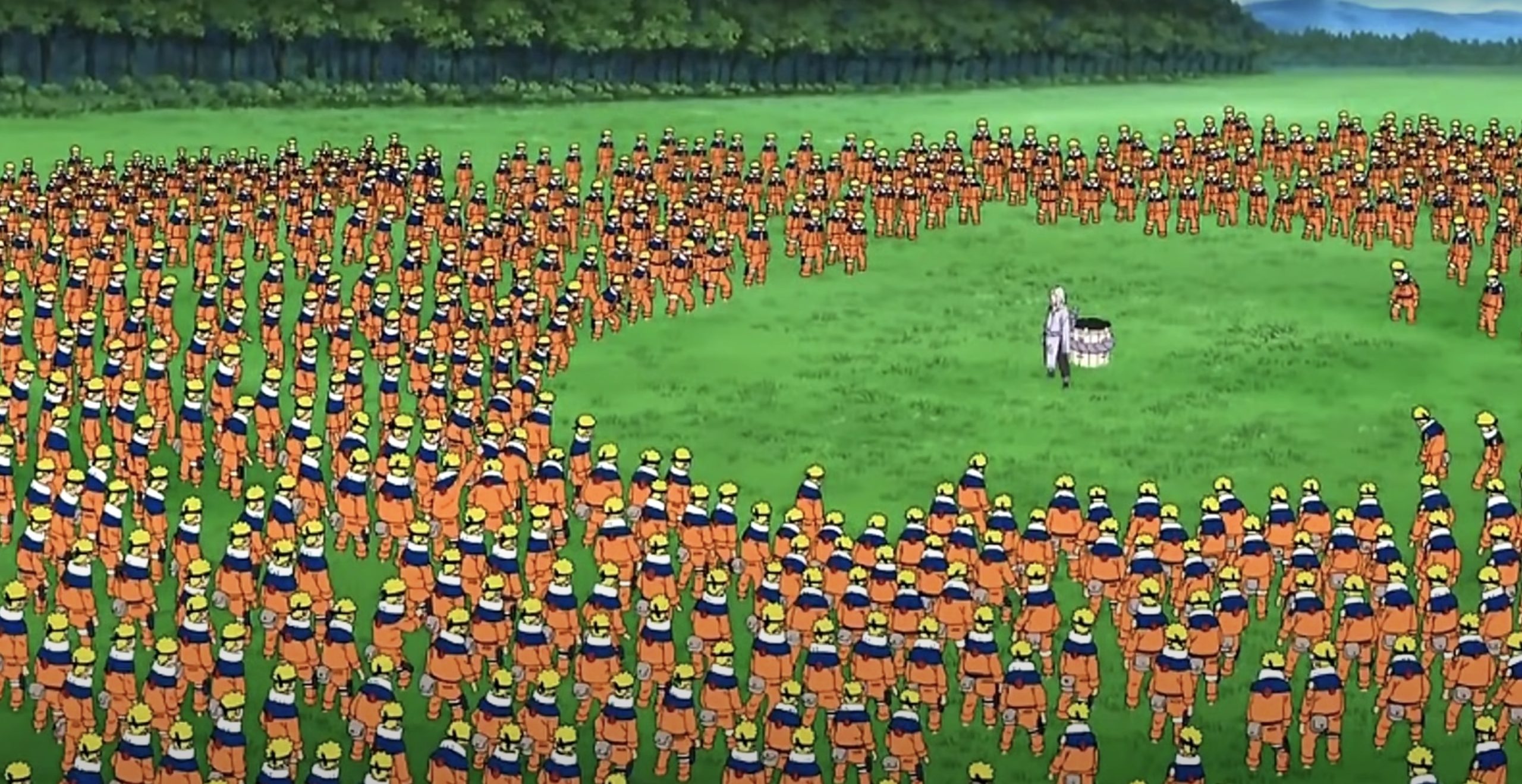
His skills continue to develop in compelling ways throughout his journey.
Masashi Kishimoto’s Creative Challenges and Artistic Struggles With Shadow Clone Jutsu
In a 2015 Fuji TV interview later published online, Kishimoto was asked if he felt he “dug his own grave” by introducing Naruto’s signature shadow clone technique so early on in the Naruto storyline.
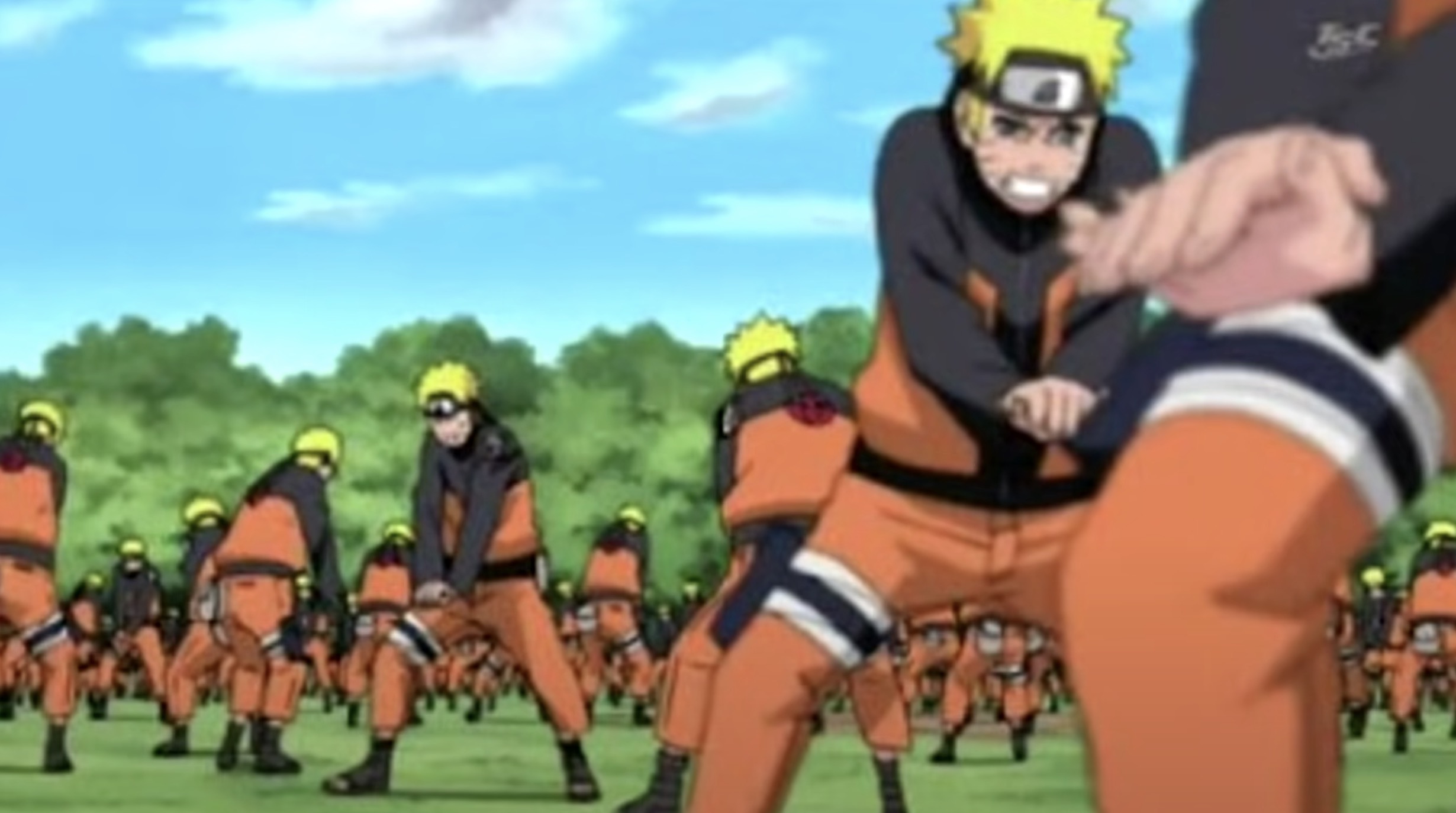
Kishimoto acknowledged that he had indeed created challenges for himself by establishing the shadow clones and Naruto’s proficiency with them at the start of the series.
Having set up Naruto as capable of creating multiple clones of himself from the beginning, Kishimoto recognized he had made the young ninja much more powerful early on than intended.
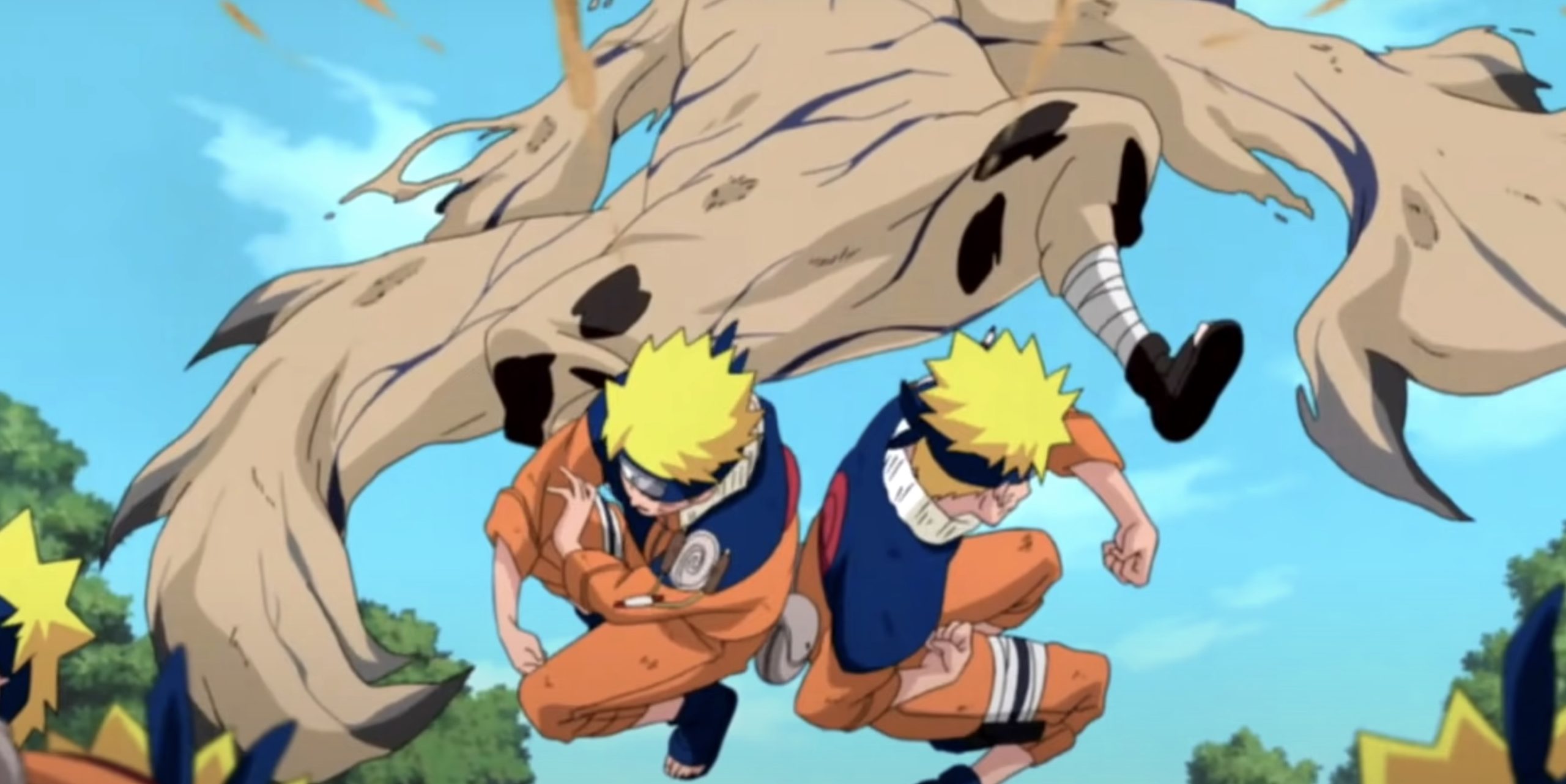
As a result, Kishimoto explained he needed to find creative ways to depict Naruto’s progression in power over the course of the narrative in order to maintain engaging threats and obstacles for him to overcome.
He had to be careful to keep Naruto’s abilities with the clones balanced so he did not become overpowered too quickly in the developing story.
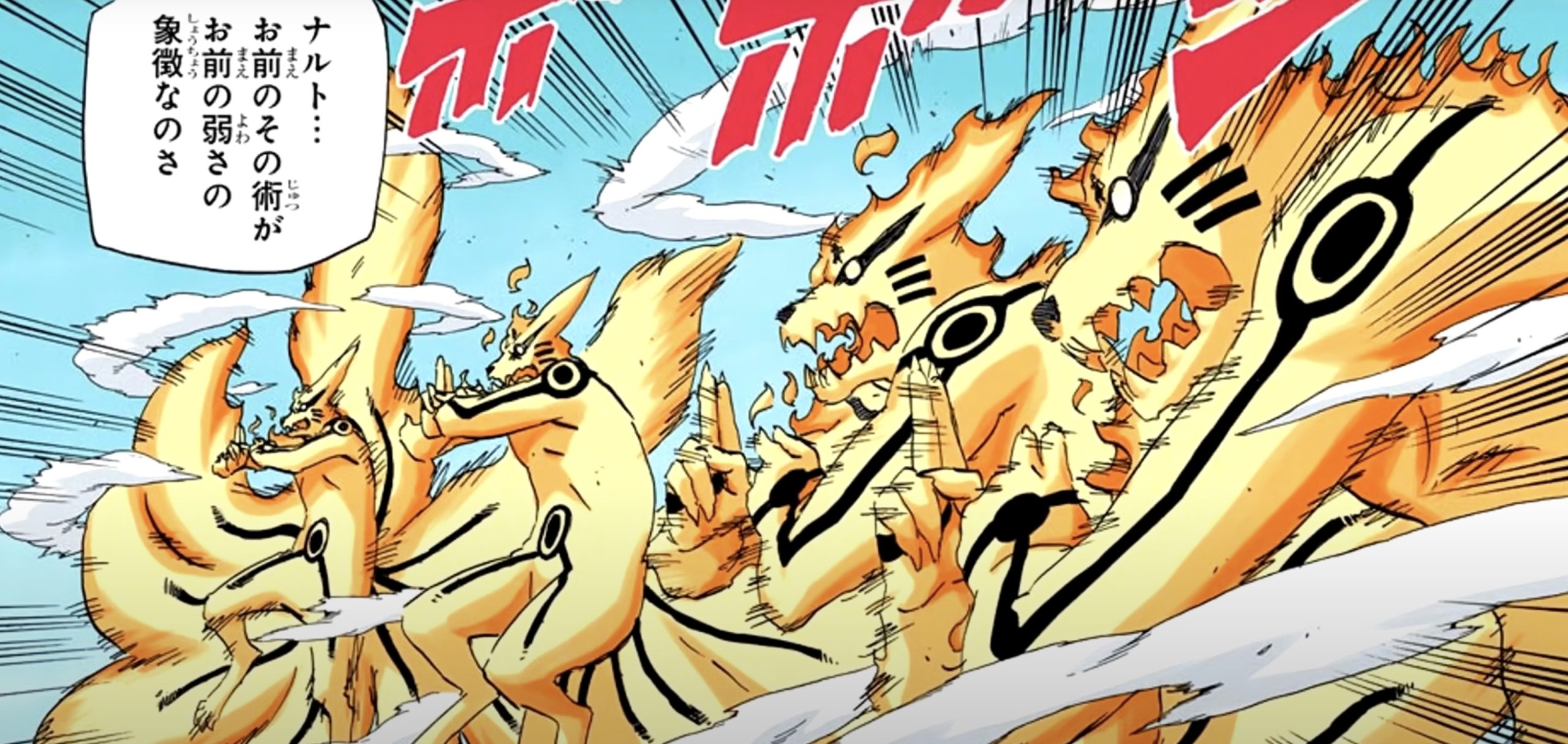
Additionally, Kishimoto noted that drawing all of Naruto’s shadow clones became taxing for himself as the manga artist.
The visual necessity of illustrating potentially dozens of clones in action scenes turned into a troublesome artistic workload for him.
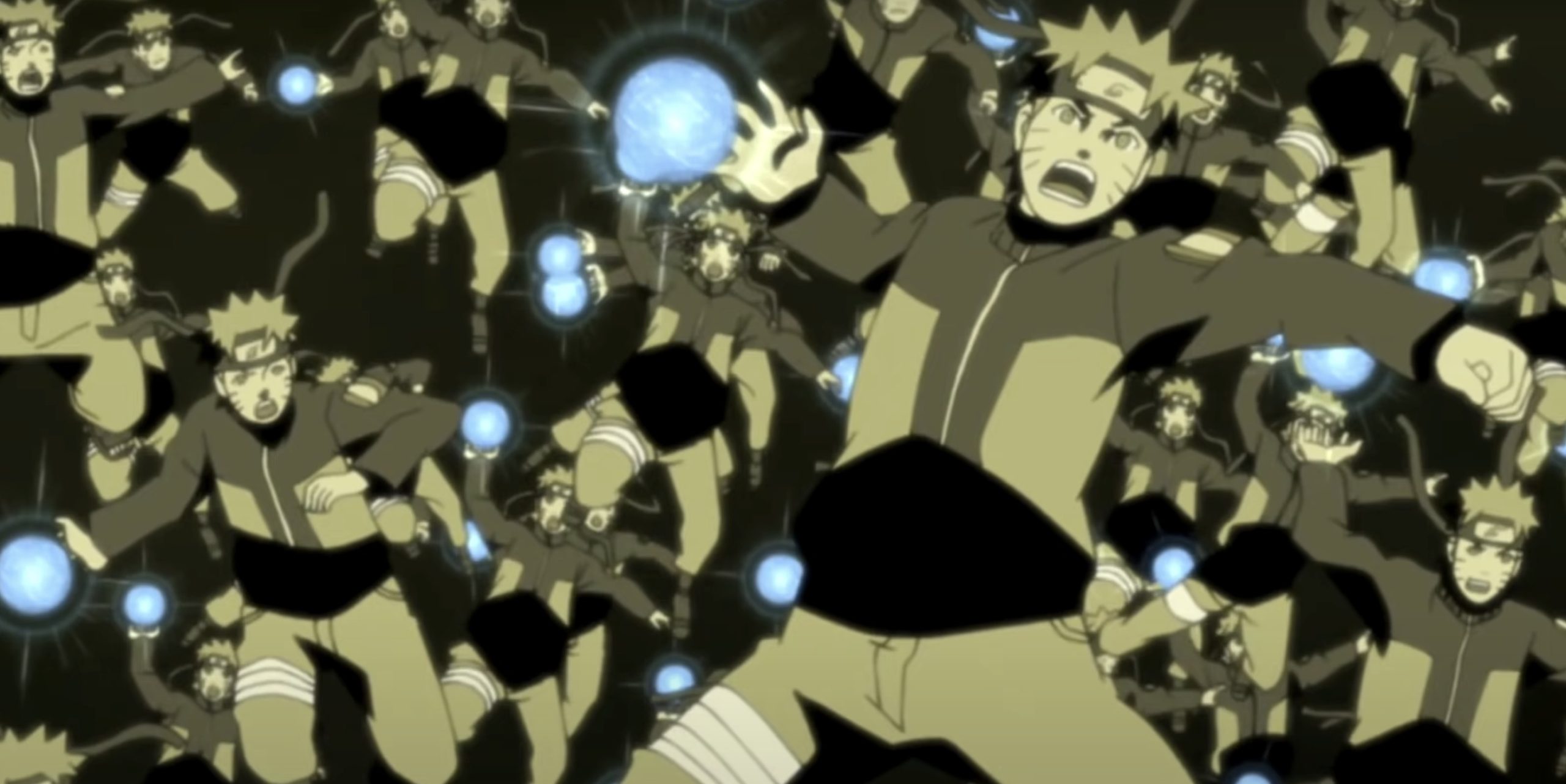
Even for an artistic master like Kishimoto, having to illustrate numerous identical clones of Naruto in action scenes proved extremely laborious.
Though maintaining balance with Naruto’s power level was certainly an issue, the visual necessity of depicting every shadow clone he generated became more tiresome for Kishimoto.
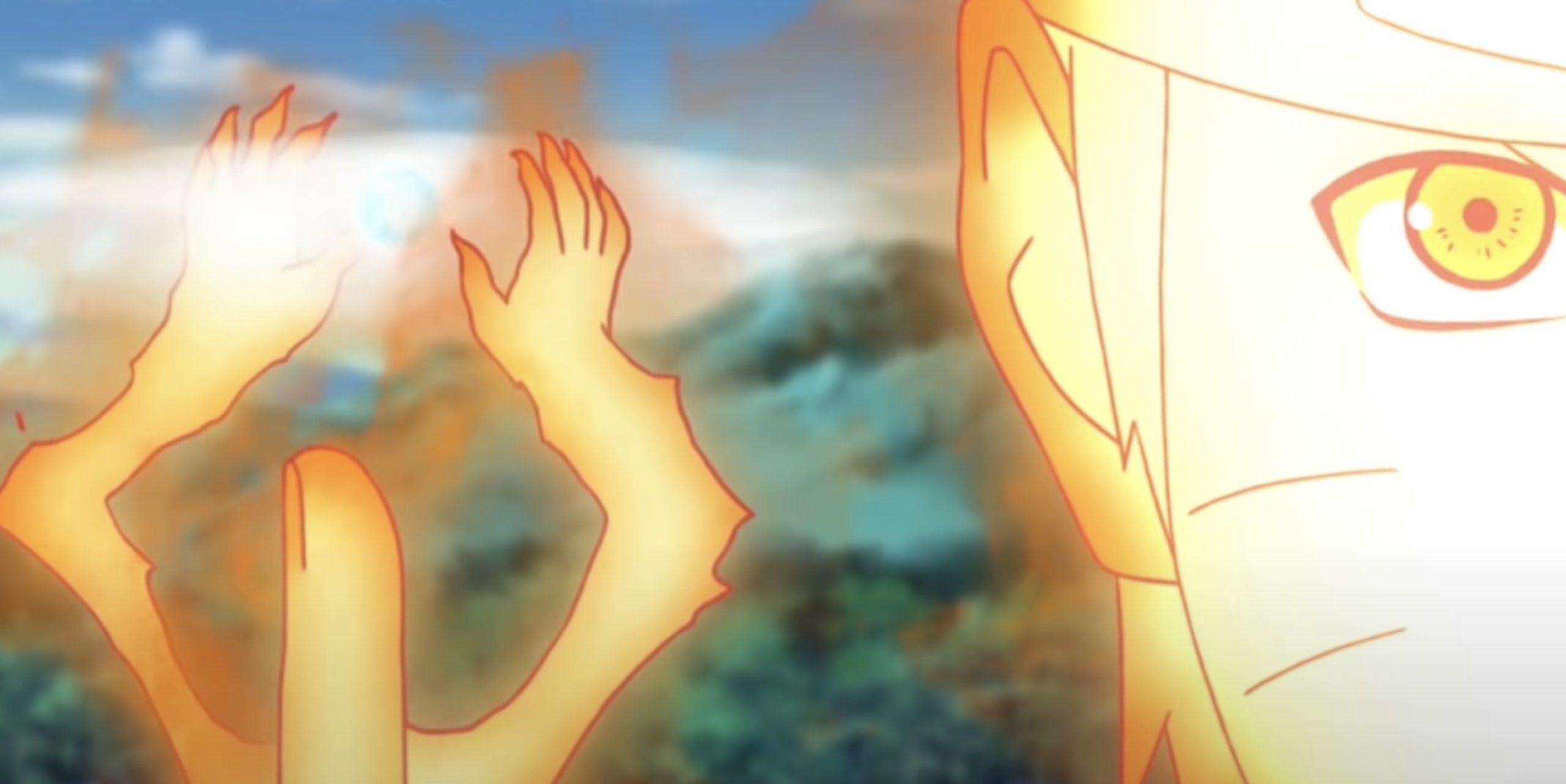
As Naruto increased in skill over the course of the story, he became capable of summoning even more shadow clones simultaneously.
This meant Kishimoto had to diligently draw potentially hundreds of nearly identical clones engaged in battle, which was deeply frustrating and fatiguing for him as the manga artist.
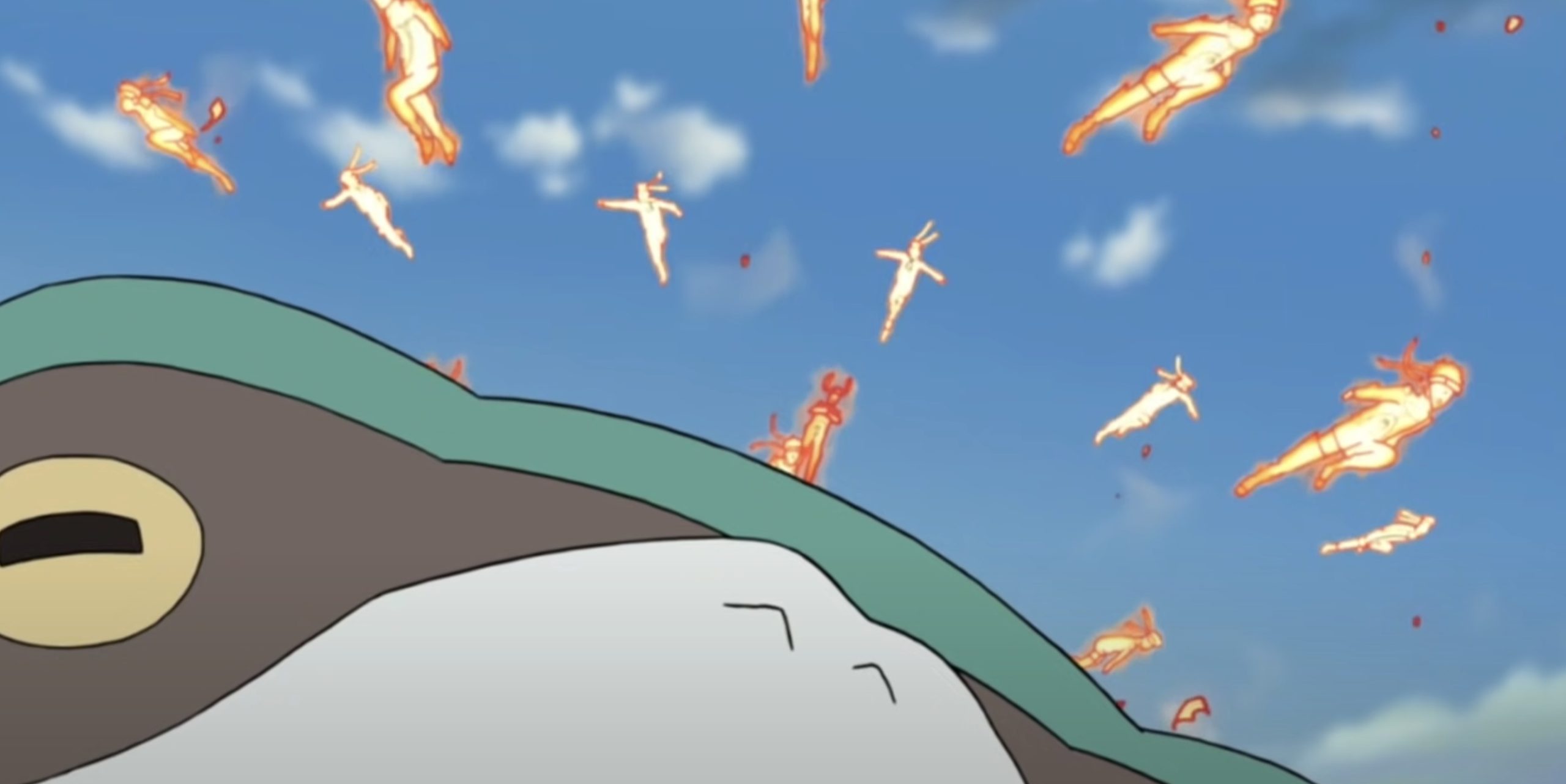
At certain points early on, Kishimoto felt compelled to limit the number of shadow clones Naruto used on the panel.
This helped mitigate the overwhelming illustration duties while allowing proper narrative pacing and challenges for the character to overcome.

Still, Kishimoto came to sincerely regret having created such a visual workload for himself with the established cloning technique, even though it added to Naruto’s appeal.
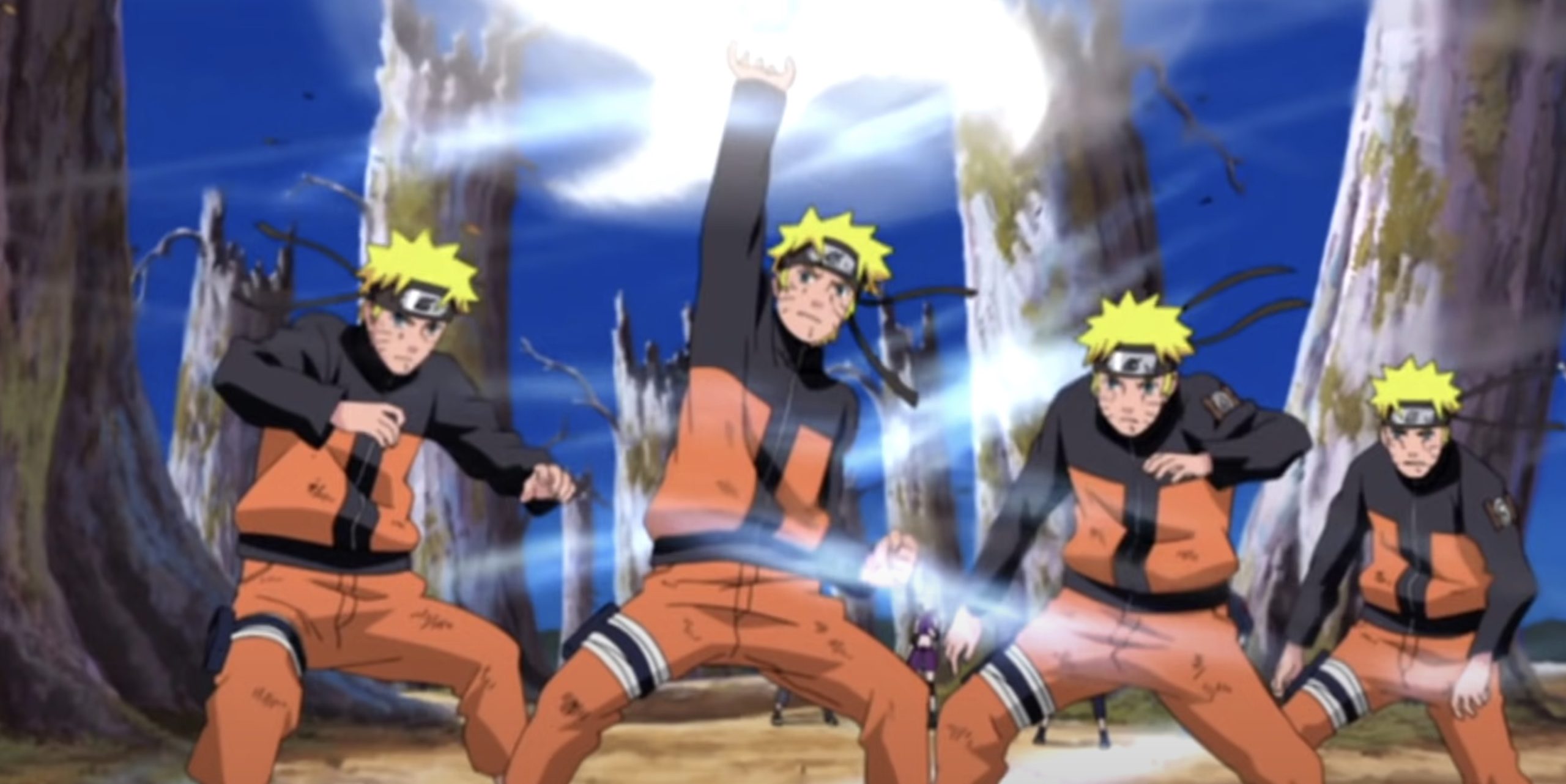
The effort to draw vast numbers of clones by hand certainly eclipsed plot concerns over Naruto’s strength escalation.
More About Naruto’s Shadow Clone Jutsu
The Shadow Clone Jutsu enables users to create one or more solid, physical copies of themselves.
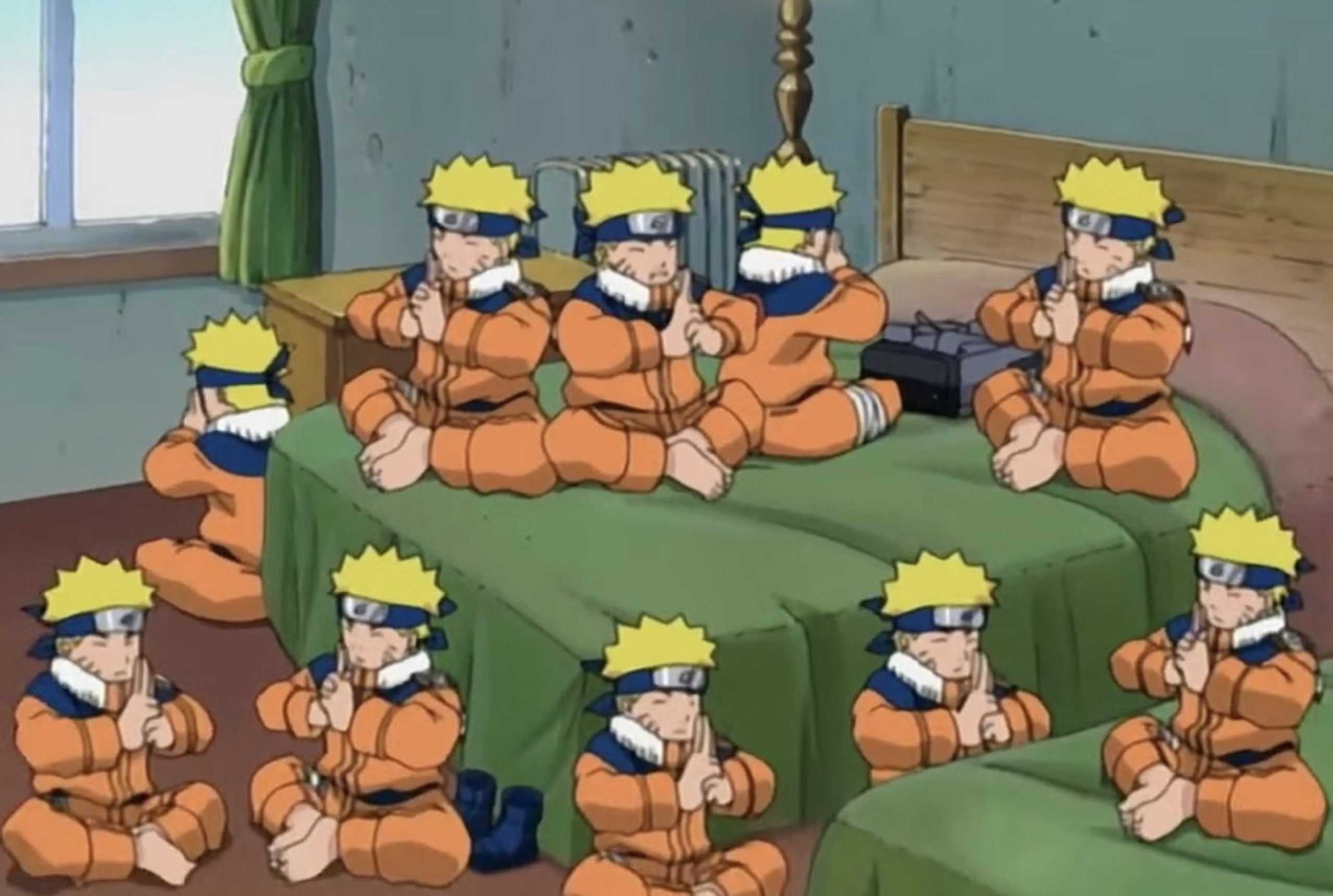
Their chakra energy is divided evenly to give life to the clones, meaning more clones means less chakra available to each one.
This significant chakra split can be highly dangerous if the user summons too many clones beyond their capacities.
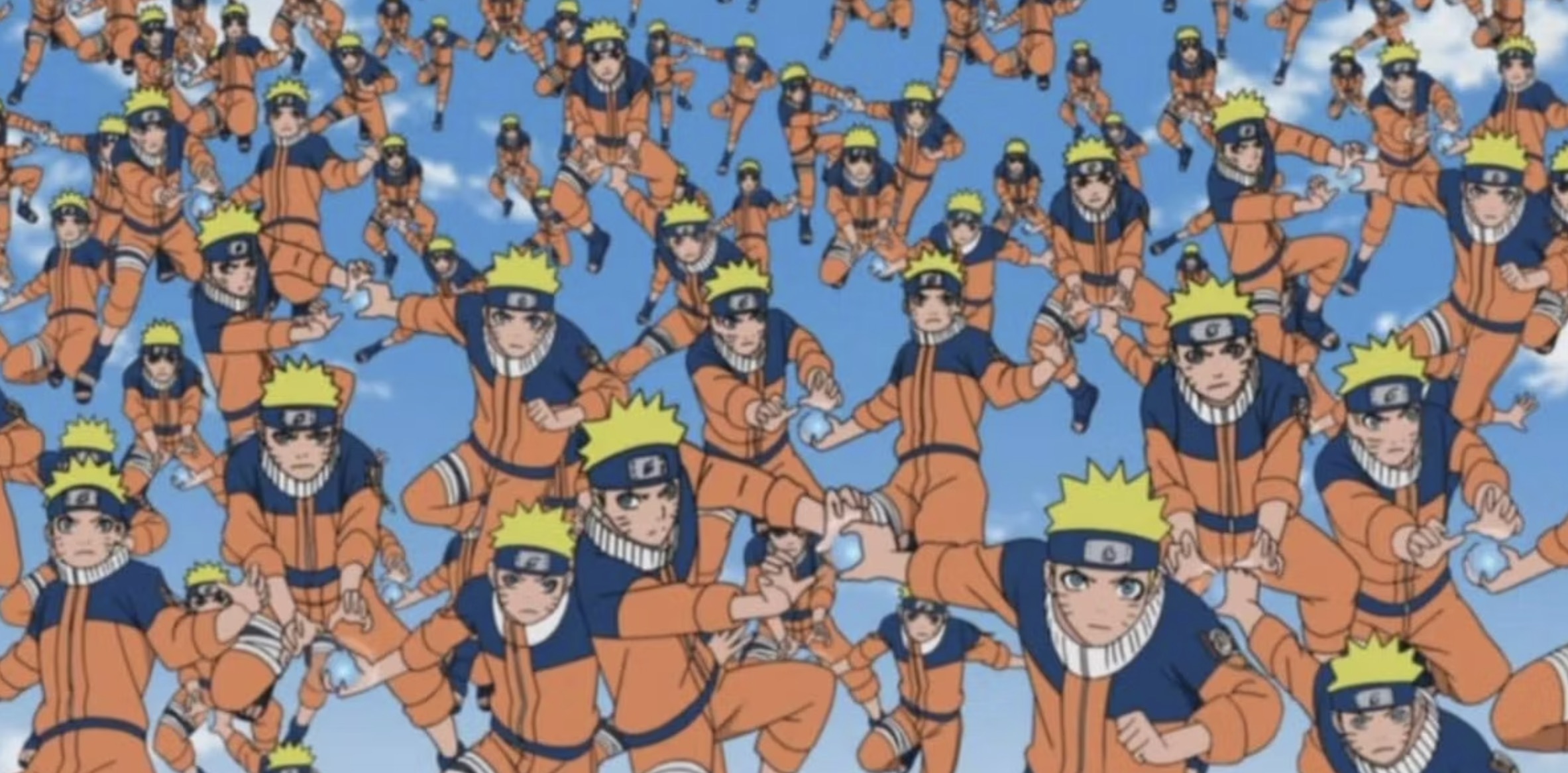
Typically only highly skilled ninja at jōnin level could utilize shadow clones safely.
Naruto Uzumaki uniquely withstands this issue due to his access to the Nine-Tails’ vast chakra reserves, allowing him to summon hundreds of clones without worry.
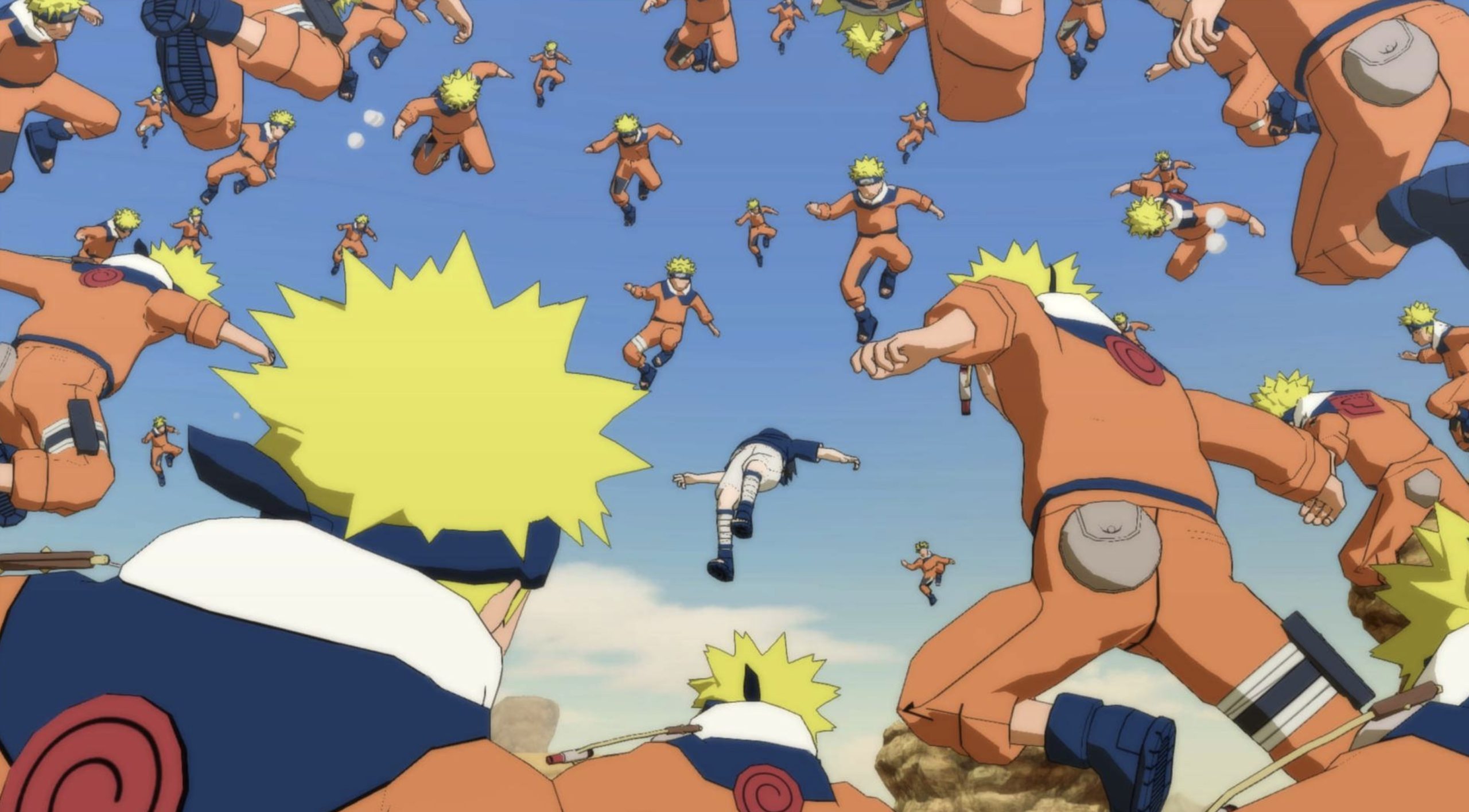
But for most the Multiple Shadow Clone Jutsu that produces hundreds of clones remains a forbidden technique for being too hazardous to the user.
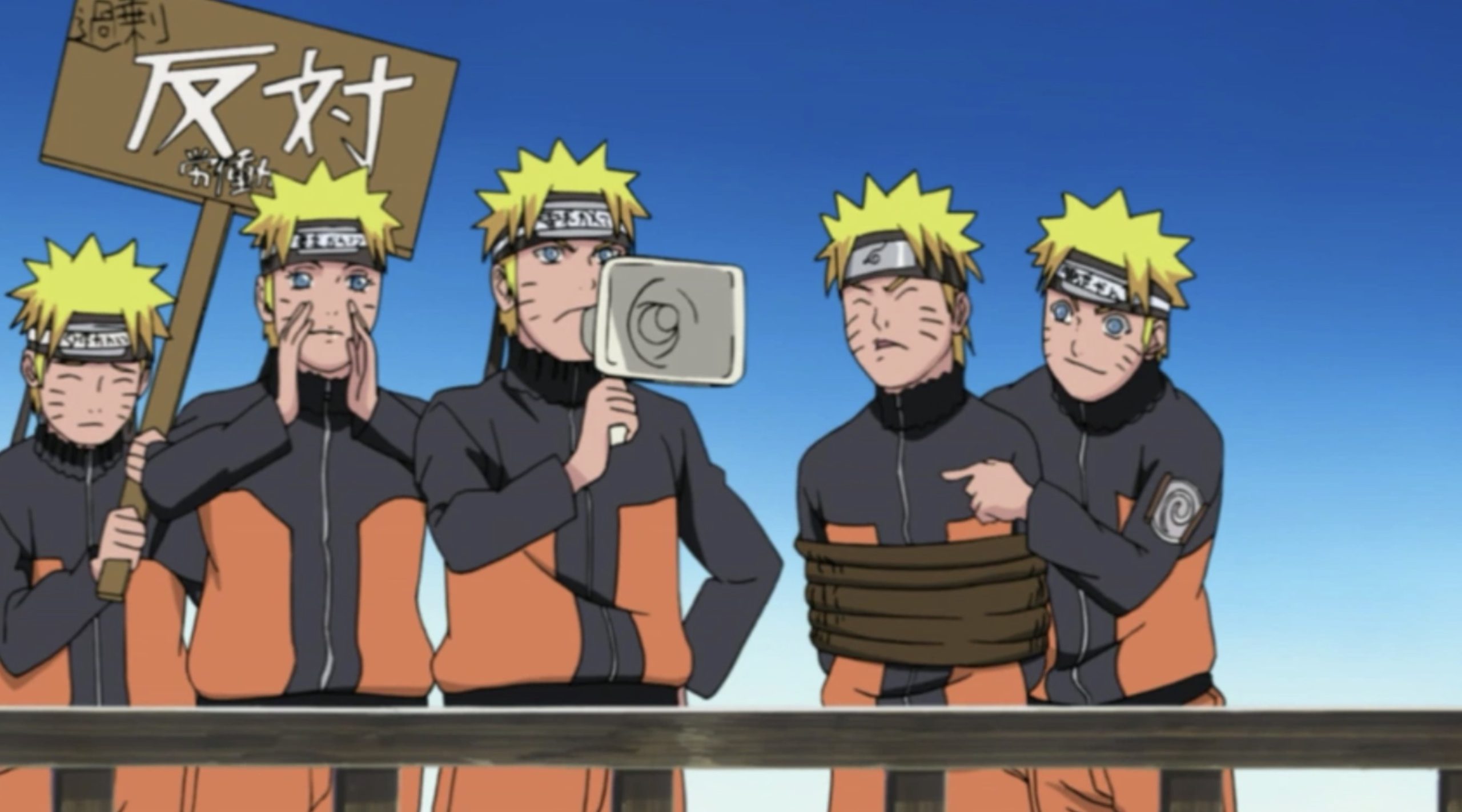
The clones are not mere illusions but possess substantive forms complete with the user’s clothing, physical conditions and changes, tools, and weapons at the time of casting.
However, certain complex technologies and chakra-based constructs may not be replicated to clones.


